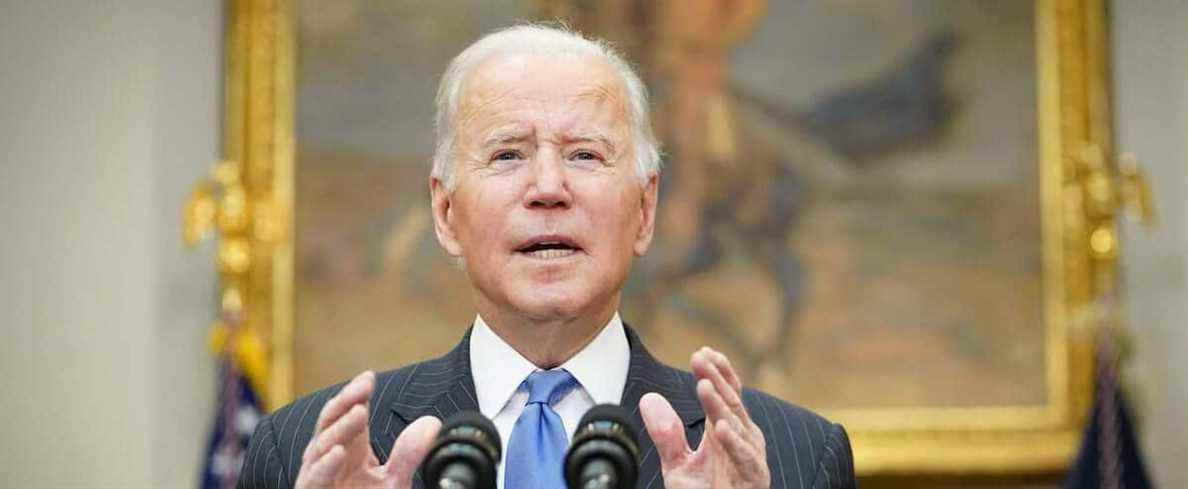Challenged by Joe Biden on the supply side, shaken by the new variant of COVID-19 on the demand side, the members of OPEC + meet Thursday to solve a complex equation, that of their level of production for the beginning of 2022.
“This is surely one of the most important meetings” of the Organization of the Petroleum Exporting Countries (OPEC) and their allies via the OPEC + agreement “since the start of the recovery in demand” for black gold after the pandemic debacle, comments Peter McNally, analyst at Third Bridge.
During the last seven days, two major events have occurred: “the coordinated release of strategic reserves of several consumer countries and the sudden emergence of the Omicron variant,” he told AFP.
After having grumbled a lot against the cartel to open the tap more, the United States, joined by China, India or Japan, announced to draw on their strategic reserves in order to calm the surge in crude prices which weighs on the economic recovery.
This “major initiative”, according to US President Joe Biden, concerns a total of between 65 and 80 million barrels according to analysts’ estimates, including 50 million for the United States alone.
If this maneuver did not have the desired effect – prices increased in the wake – it is the new variant of the coronavirus which is responsible for showering prices.
Urgent to wait?
The detection of this new strain, dubbed Omicron by the World Health Organization (WHO), sparked a sharp reaction on the markets on Friday: crude prices fell by more than 10%, a first since the nightmarish sessions of ‘April 2020.
This development “suggests that Opec + will not increase its production further,” said Carsten Fritsch, of Commerzbank, in an attempt to keep prices at the current level, around $ 70 per barrel, “at least for now” .
Such a decision would be in line with the measured approach adopted since the gradual reopening of the valves by OPEC + since May 2021.
“The crisis (…) is not yet over”, professed the Saudi Minister of Energy Abdelaziz ben Salman at the end of October. “We have to be careful not to take things for granted.”
Caution is the favorite term of those in charge of the alliance, who put every month only 400,000 barrels per day extra on the market, while their room for maneuver is ten times greater, according to their so-called reference levels.
Russian Deputy Prime Minister Alexander Novak, in charge of oil, for his part clarified on Monday that it was necessary to beware of any “hasty decision”, according to statements quoted by the press agencies of his country.
A technical meeting usually before the summit, scheduled for Tuesday, has been postponed to Thursday “to get more information on the current situation,” Novak added.
Arlesienne
The alliance must also deal with the possible return to the odor of sanctity of Iran, often mentioned but always rejected.
The historic producer of OPEC has been excluded from the market since Donald Trump’s denunciation in 2018 of the 2015 nuclear agreement, supposed to prevent Tehran from acquiring atomic weapons.
After a five-month hiatus, negotiations resumed Monday in Vienna, Austria, with an Iranian delegation “determined” to succeed.
While most analysts are not optimistic about the short-term chances of a positive outcome, Seb’s Bjarne Schieldrop presents “getting Iranian oil production and exports back on track” as “the best option for the country. President Joe Biden to ease the current tension in the oil market ”.
In 2017, Iran was producing nearly 4 million barrels per day. A volume that had been halved last year.
